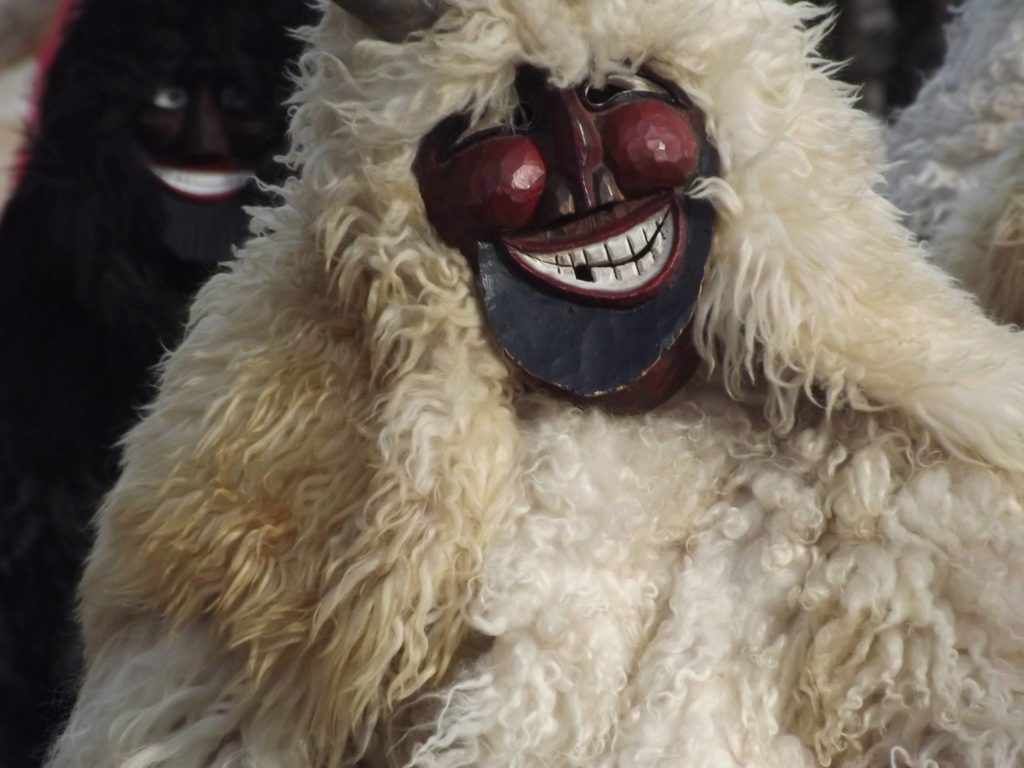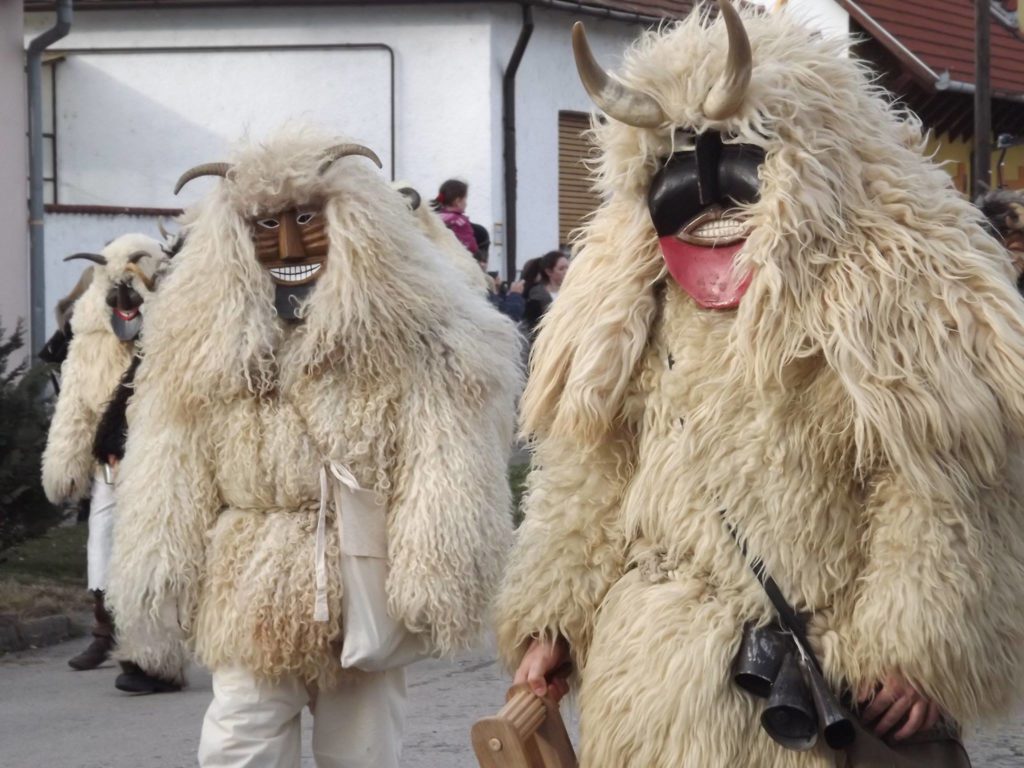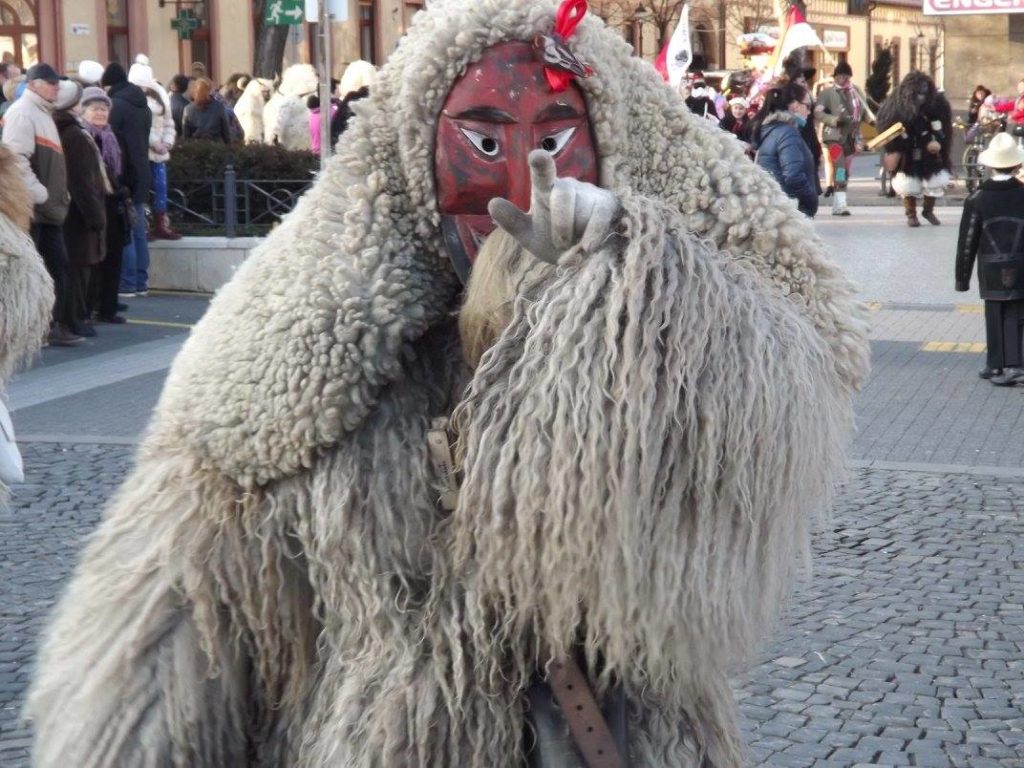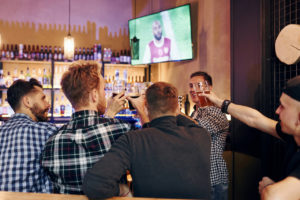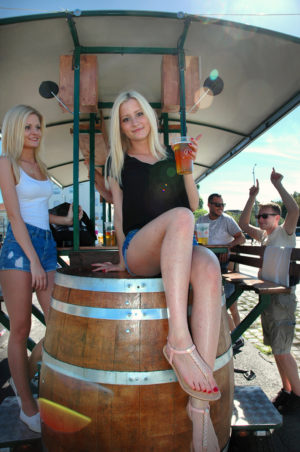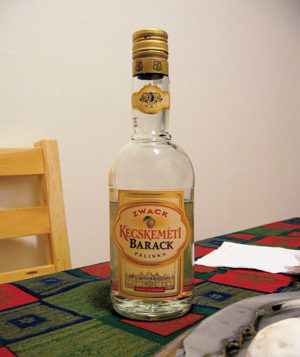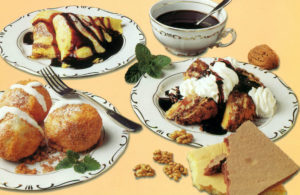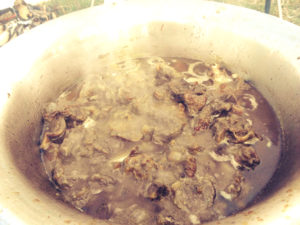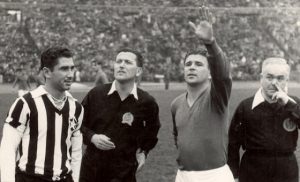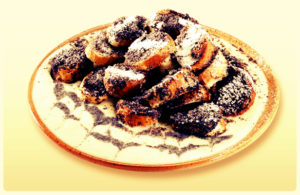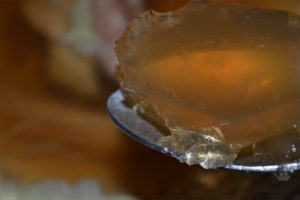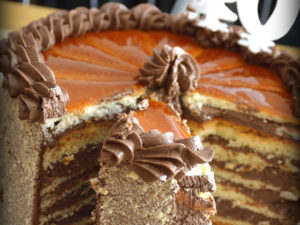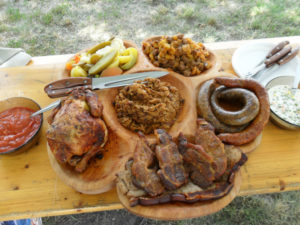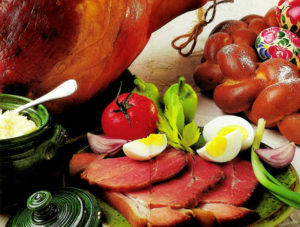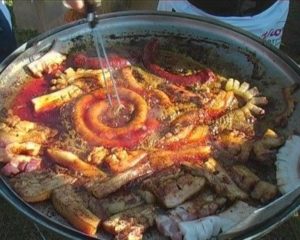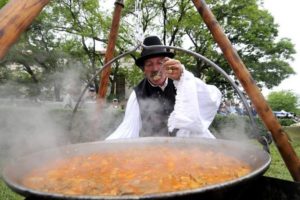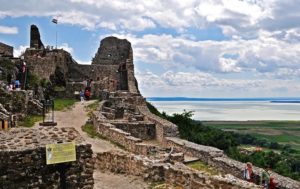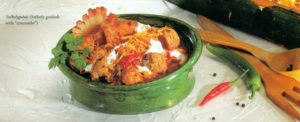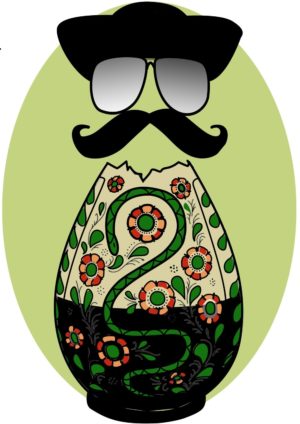„Mohácsi busójárás” a masked end-of-winter tradition
How to get rid of winter and welcome spring? The “Mohácsi busójárás”, or Mohács busó walk, a masked parade winter-expelling tradition is based on this very idea!
From Epiphany to Shrove Tuesday
The carnival is not really a Hungarian characteristic, it is found in almost every Christian country in some way after Epiphany and before the beginning of Lent. The busó walk is a version of this, which contains unique elements, that made the tradition a true Hungarikum.
The practice of winter-expellingappears in other nations’ traditions too, and it is usually associated with rituals asking for protection and fertility. In the old times this was the purpose of busó walk too: they went door-to-door to do the ritual, in exchange for a donation.
The carnival’s most important participants were the men, but on the last Thursday of Carnival the children put on masks too.
Busós vs. Turks
According to the legend the Hungarians who fled to the swamp from the Turks, tookthe city back with a trick: they crossed the Danube at night, armed with scary masks and noise-making devices, and scared the Turks away. Although Mohács was freed from Turkish rule in 1687, the legend is still alive today.
After a little more careful examination of the historical facts, it is more likely that the tradition has some Balkan origins, coming from the sokác nation, who settled down in Hungary, and shortly after it took up some Hungarian features. The first data on the appearance of busó walks are from the end of the 18th century.
Typical attire of the Mohács busó walk
The dress of the busóis the basis of tradition, which has not changed over the centuries. It is a kind of a fur coat, with the hair outside, pants stuffed with straw, on which they wear colorful stockings knitted from wool, and boots. The fur is tied together with a belt or a cattle rope, on which a cowbell is hung. In their hands they wear rattler or mace, and on their faces a scary mask, carved from willow,painted with animal blood.
Jankels and Masquerades
The busós are accompanied by the Jankels, who used to keep the crowd away with bags filled with ash or flour (nowadays cloth or sawdust). Women can be part of the busó walk, they are a type of masquerades too. Women with veiled faces and men dressed in wedding attire march together with the busós.
Today’s busó walk begins in the center of the tradition, the Kóló square. At dusk, the busós return to the main square and dance together with the people around a giant bonfire.
Photos: https://www.facebook.com/busojarasmohacs



